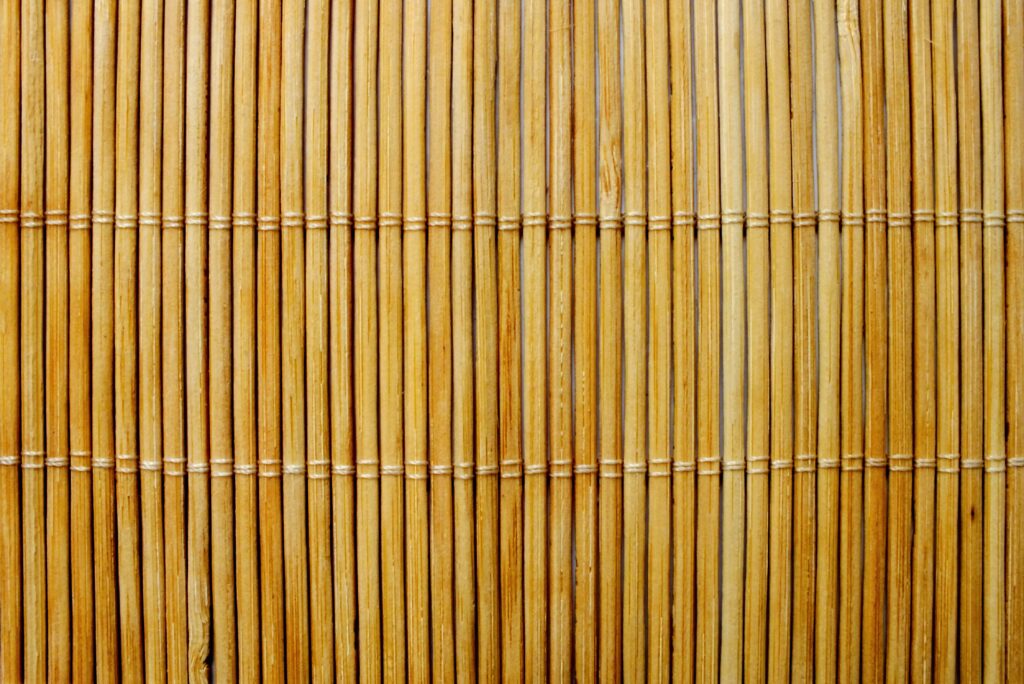Bamboo may be the fastest land-growing plant in the world, with some species growing almost 3ft a day! However, that is not the only claim to fame of this amazing grass.
Bamboo has been used for centuries due to its fast growth, flexibility and durability.
The root structure of this fantastic plant enables it to grow in places unsuitable for other crops, and as they are harvested by cutting the stalks, the roots can be left to regrow. This reduces the need for replanting, meaning one single plant can produce bamboo for five decades, which makes it a very sustainable crop.

The early use of bamboo
Chinese people have used bamboo for building and building processes for over 5000 years, including bridges, scaffolding and, more recently, blades for wind turbines and renewable energy machines.
Bamboo has also been used to create various products, from irrigation systems, medicines, paper, weapons, steamers and kitchenware. Recently, we have also seen it used for bamboo mattresses, towels and fabrics.
From hats to handles
During the Song (Sung) Dynasty (960-1276), bamboo was used to create a variety of products, from rain capes, hats, roof tiles and shoes and often featured in poems and paintings. A Chinese literary giant of the time, Su Dogpo, even said that life could not be lived without bamboo.
In 1486 during the Ming Dynasty, it was found that bamboo charcoal could be made to give a cleaner, sustainable alternative to traditional coal. Due to its fast growth, bamboo can be harvested at around five years old, which is much quicker than if trees were used.
Then in 1947, there was a lack of resources after World War 2, so the designers from Gucci got creative. They designed the first bamboo handle handbag and even patented the method of heating the bamboo, which created the curved shape!
In the early 2000s, the bamboo fabric was successfully created, and from then on, techniques were refined, and the growth of bamboo cloth began. The process, which developed over time, allowed manufacturers to create bamboo pulp by soaking chopped bamboo stalks. The pulp could be dried and then flattened into sheets. The sheets are then milled and spun into silky soft bamboo yarn to create towels, bedding, pillows and clothing.
The growth of bamboo products
The considerable growth of bamboo products has been driven not only by the new technology, and the exceptional properties, of bamboo. It has also been caused by the demand for more sustainable, vegan-friendly fabrics that protect the animals and environment around them instead of destroying them.
Bamboo as a fabric
Bamboo fabric has a breathable, silky, luxurious texture that feels finer than Egyptian cotton. It also has anti-bacterial and built-in antimicrobial enzyme properties, making it excellent for clothes and bedding, such as Bamboo Duvets and Pillows.
These properties make bamboo products inhospitable to dust mites and repel harmful bacteria, which can cause irritation. They also enable the fabrics to be washed at lower temperatures and without chemicals, which can help improve our environment.
As allergies have increased over time, bamboo has also been able to help, as it is hypoallergenic. It has become the favoured option for people who suffer from allergies or have sensitive skin, as the bamboo bedding allows them to get some sleep free of irritation!
As we have seen in this brief guide to the history of bamboo products, bamboo has a long and varied history. Instead of becoming a material which has been consigned to history books, its popularity is growing. As new and more advanced ways have been found to produce and manufacture this fantastic grass.

